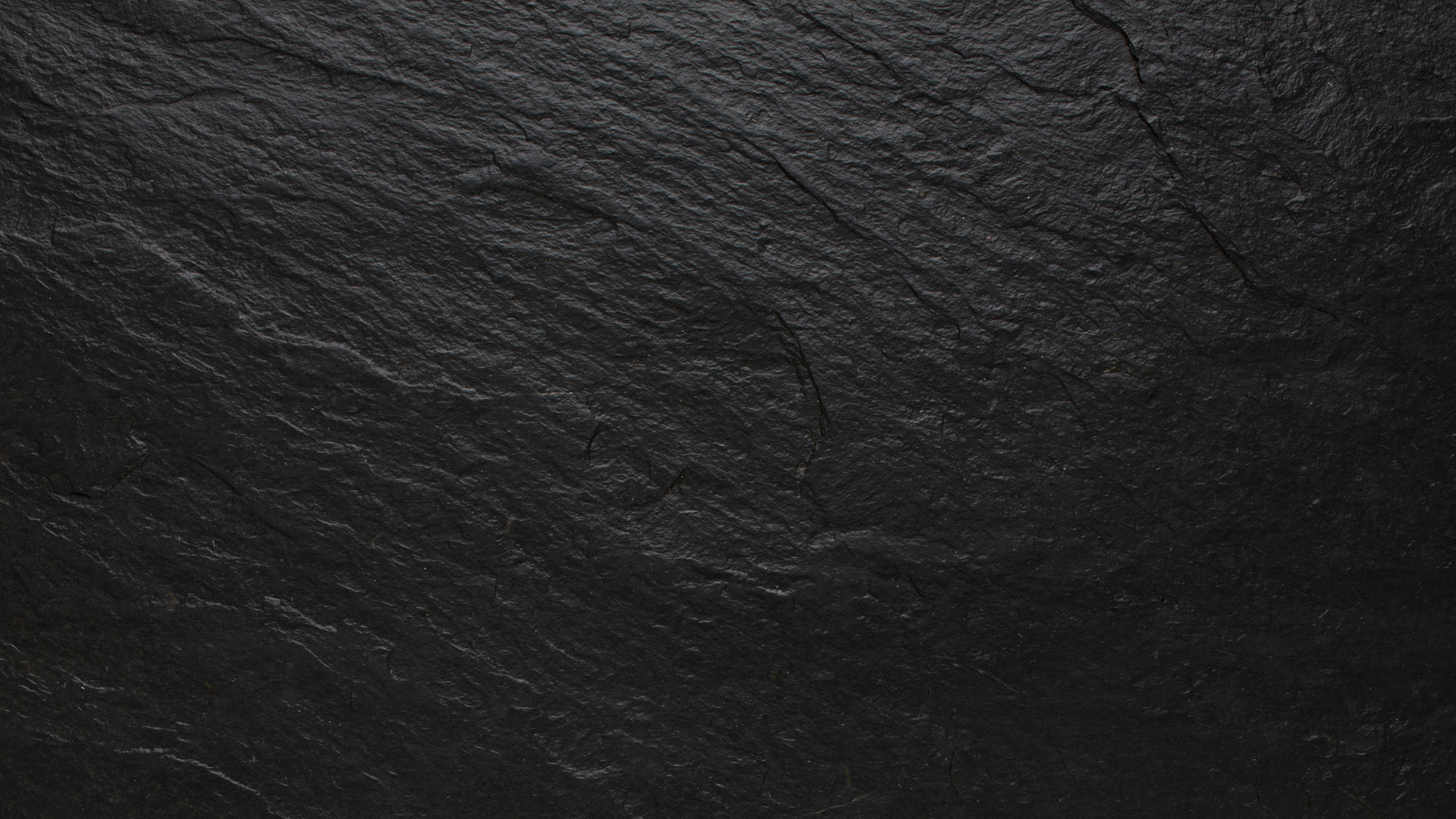-
How to useSLATE
Slate is a natural stone widely used in numerous fields, from art to design, from construction to architecture.
It is a clastic sedimentary rock that belongs to the mudstone family. It is classified as semi-hard or soft, comes in a leaden-blackish color, and represents a wide variety of calcareous-clay schists that are easy to work, waterproof, and particularly resistant to weathering.
In this article we will take a closer look at this natural stone, discovering its characteristics and how it is used.
An overview
Slate is a type of metamorphic rock that results from the progressive sedimentation of a very fine silt originating from the fragmentation of reliefs. It is characterized by great resistance to weathering and is easily divided into slabs, even very thin ones. It is thought that in the beginning slate was used about two thousand two hundred years ago within the Tigullio area of Liguria, between the town of Lavagna and the Fontanabuona Valley.
The use of slate as a roofing material dates back to ancient times, but it was widely used in the medieval and then the Renaissance periods. The first deposits that were intensively exploited from the 12th century onward were those in Recco and Uscio, in the Fontanabuona Valley.
Other deposits are found in the Camonica Valley (Lombardy) and in the Cuneo area (Piedmont). In more recent times, this metamorphic rock has had a strong revival in furniture, interior finishing and embellishment, as well as in architectural use for the restoration of historic buildings.
Slate: properties
Slate is characterized by a very pronounced fixity. This particular property makes it easy to split slate with a simple blade-a technique commonly called “splitting”-and into parallel planes. The individual slabs are uniform and very even, and are characterized by very high elasticity and flexural strength.
Once cured, slate tends to retain low absorption values. Combined with the material’s decidedly low porosity, this property aids its protection from frost attack. This is why slate is excellently used as a roof covering!
Another characteristic is the excellent fire resistance, which comes from the very low coefficient of dilatability of this material, making them almost non-deformable. In addition, the good impact resistance makes slate slabs very suitable for making paving slabs, lambrines, floors and baseboards.
Slate: colors and nuances
Slate gives its name to its namesake color, characterized by a shade of gray with light blue highlights. One of its most beautiful features are the shades, mostly gray and more or less pronounced, due to the composition of the soil from which it is mined. If, on the other hand, it is mined in the black version, slate is used to make the famous slates.
Since it is a versatile, elegant and timelessly beautiful color, it is widely used in interior design for both floor and wall designs. It also goes very well with shades such as brown, sand, ivory, red, orange and turquoise.
How to use slate
Traditionally, slate is used for:
- roof coverings;
- stair steps’ covering;
- doorways;
- indoor and outdoor flooring;
- school blackboards.
It also has mechanical properties such that it is the ideal billiard table top. From its origins, since it was invented by the Egyptians, billiards possessed a wooden top. It was only during 1826 that a London manufacturer tried to replace the oak table-which was as much as 10 cm thick-with a 5 cm slab of slate, improving its strength, elasticity and weight. Especially from the 1950s onward, it is billiards that is the main use of slate, fostering its widespread use in America as well.
Thanks to the technological development of companies in the industry, for the past few decades, slate has also entered the world of homeware and interior design, with benches, table tops, shelves and various types of objects. Moreover, in addition to expanding processing possibilities, technological development has enabled slate to reach levels of commercial competitiveness that were previously almost impossible with entirely manual processing.
Salte: places of discovery
Slate is widespread in northern Italy. It has been mined in Liguria for many centuries, historically in the coastal area between Chiavari and Lavagna. In more recent times, quarries in Fontanabuona and Recco, all located near the province of Genoa, have also begun to be exploited.
A different but very similar type of shale, but improperly called slate, can be found as roofing stone within alpine areas, particularly those in the Camonica valley in Lombardy and the Cuneo area in Piedmont.
Having suppressed the railroad yard formerly dedicated to slate and present at the Lavagna (Liguria) station, this material is transported solely by truck, even over long distances.
Discover our materioteca.

